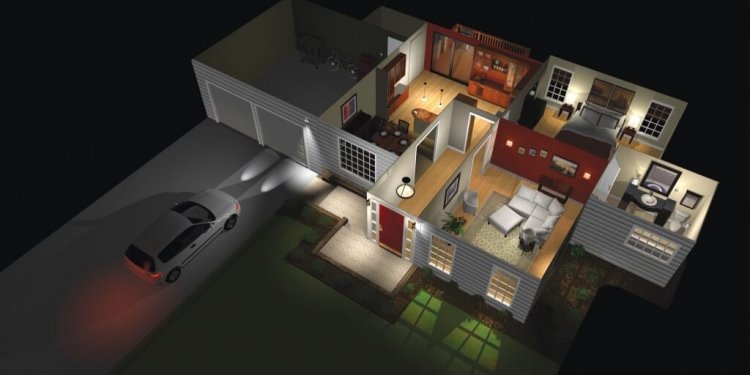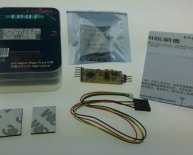
Smart lighting control system

Lighting control systems can be programmed to create special scenes that do a lot more than just turn off lights.
Most people think of their home lights as things that get turned on, off or dimmed as needed, but not as a design and lifestyle element that can be programmed to fit a family’s moods, activities or schedule. That’s what smart lighting control systems do. They can light your home and yard, but they can also turn a dull standard glow into an integrated part of the home environment.
One of the fundamental features of lighting control systems is the scene. Scene controls or scene settings allow you to illuminate an area based on the lighting needs and activities you do there. Lighting scenes are not one-sized-fits-all the way that standard lights are used. They’re customized to your room and daily patterns. Using lighting scenes in a smart lighting or home automation system also simplifies your routine by allowing you to activate scenes with one-button commands, or even better, based on preset schedules.
Using lighting scenes in a smart lighting or home automation system also simplifies your routine by allowing you to activate scenes with one-button commands, or even better, based on preset schedules.
Scenes are commonly used in professionally custom-programmed automation and lighting control systems. Some do-it-yourself smart home systems also allow varying degrees of scene creation. One of the bonus elements of creating scenes in a home automation system is that they’re not restricted to lighting alone. You can combine lighting scenes with temperature settings, security systems or home theater activities.
Scenes can be activated with touchscreens, tablets or smartphones, handheld remotes or wall-mounted keypads. Keypads with etched names are particularly practical because they require almost no instruction to know how to use them.
 A key factor with lighting scenes is that the home’s lights should be integrated into a central control system, that way you can operate multiple lights in different rooms and on different circuits, with simple programmed commands. It doesn’t really matter if the smart lighting system is wired or wireless.
A key factor with lighting scenes is that the home’s lights should be integrated into a central control system, that way you can operate multiple lights in different rooms and on different circuits, with simple programmed commands. It doesn’t really matter if the smart lighting system is wired or wireless.
Here some of most common and practical lighting scenes used in homes with lighting control or automation systems.
Night: A night scene (a lot of programmers call it Goodnight) turns off the entire home’s lights at bedtime. You or your home automation installer can decide which lights go all the way off, which stay fully on (maybe a porch light or the can lights over the kitchen sink) and which get dimmed down. You might set a hallway or stair light to dim so late-night walkers can still see their way to the bathroom. You can combine the Night scene with your thermostat to automatically adjust the temperature for sleeping.
Morning (or wakeup): Do you want your lights to snap on to full brightness at 5:30am or would you rather they come on slowly to ease you into the day? A morning light scene might also turn on kitchen lights and turn off any outside lights. A home automation system could also turn on the TV to your favorite morning news channel at the same time.

















